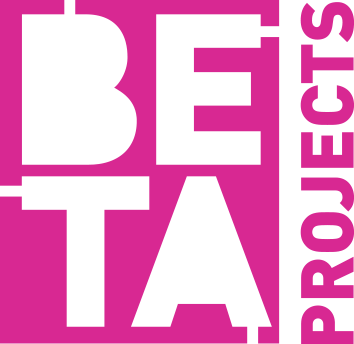Picking a good location for an initial concept stage trial can be much trickier than people think, and actually takes quite a bit of practice and mindset change. (Knowing in advance that you'll be removing the trial greatly helps with that mindset shift.)
Here's how to pick a useful learning location, and will be expanded upon over time...
1. Proximity to staff
It makes sense to locate trials near where (the relevant) staff can easily call past for a quick look - for example on their way home from work, or on their lunchbreak - in order to observe how it's working more efficiently.
It can also be useful to help with uncertainty - a staff member know that they can be onsite very quickly if something doesn't work as expected.
2. Goldilocks location
Try to pick somewhere that's not "too hot" or "too cold" - you're trying to pick "average", ie a location that's like a minature of the overall city. (If you imagine you could somehow plot your city as a bellcurve, "average" will mean your solution will suit most locations.)
Think of things such as:
- not too wealthy, not too disadvantaged,
- not too busy, not too quiet,
- not too much of the issue, not too little of it,
- mixed streets can help you learn about both residential and commercial impacts
3. Contains the key aspects
For example if you want to trial a 'School Street', you'll naturally need a school for your trial!
4. Has the issue, but not too much
People are always tempted to try to "solve" an issue somewhere real. This usually gets in the way of learning, as they end up focussing on the local-specific issues rather than on finding the generalities that would provide a useful solution that would apply anywhere in the city.
Choosing a difficult location will also make the learning process more difficult - as it will be a "hot potato", and people will be less willing to discuss, iterate, reverse trials, etc. Instead they will be more likely to be shouting "just get on with it!" which naturally doesn't lend itself to learning!
Also, when you have the general bones of an approach that can work anywhere, it will much better help you to focus on those 'tough nut' cases - as it will free you up to mostly focus on just those tougher aspects as the backbone has already been worked out.
5. Enables you to focus on what you want to learn, and minimise everything else
If you want to learn about a specific aspect, but you need something else in place first - have a look around and see if there's anywhere that that's already in place. For example, if you wished to explore how to physically prevent vehicles driving down pedestrianised streets, it will be easier (and faster, and more efficient) to pick an already-pedestrianised street that is experiencing such an issue...and not try to also pedestrian a street somewhere.
Also you don't want a lot of your time spent dealing with side issues, or issues which you already know about. For example removal of a car parking space will often create issues - you'll usually know that in advance - and so you might pick somewhere where that issue will be minimised - at least initially, until you've learned about the other aspects that you wanted to learn.
6. Size
Your intent is to learn, and often that can be done well enough with a small trial. For example feedback from 10 people is often just as useful as feedback from 1,000 people - with the latter you're usually just getting the same just repeated more often. Start small, and only grow in size as you need to learn more about edge cases.
When your trial is too large, your (limited) resources will also get sucked into operations (the things "going wrong" will be multiplied).
Also the larger the trial, the more difficult it will be to reverse at the end of the trial period.
Larger trials will also make everyone (yourself included) more nervous and so you'll frontload more of the design and "making sure everything is OK", rather than letting the trial inform you.
7. Scalability
Enables scalability (if this may be useful to the issue you want to learn about). For example, you could begin on one street, then expand to a cluster of streets around, then take on a full neighbourhood - learning more as you go with less effort (usually) than taking on an entirely new place.
8. Interest / Suggestions
More people suggesting a location might indicate something useful, but it shouldn't particularly colour your choice of location for your trial. The same goes for overly weighting the input of voices who usually would have weight - such as senior managers or elected officials. The popularity might indicate that it's a problem case (and so "too hot") or that your project will become politically charged which will always affect your ability to both learn and also to easily reverse your concept-stage trial. Remember you're looking for 'average' - those people won't tend to first suggest average.
9. Ego
Drop your ego. Just because you chose a backwater of a street for your trial doesn't mean that it's not an important project. Wanting to use a landmark street will only add complication and stress to your trial.
10. Availability of the location
This one is obvious, but try to check that the location will be available for as long as is needed for you to learn (including several iterations of your trial, if necessary). For example, at the site of this BETA Project, a large construction site started up immediately nearby with site hoarding within metres of it. This impacted too much on the trial and so it was pulled prematurely.
11. Reversible Location
You'll be reversing your concept-stage trial (for these reasons). So just assess your location against that consideration.
12. Photographable
Try to imagine the photos of your trial in your mind's eye. Striking ones will help spread the word about the trial, and will also be immensely useful for reports and presentations (whether it's a success or not).
13. Instinct
A good dollop of instinct can go a long way. Trust it.
RELEVANT LINKS:
RELATED:
WHAT DO YOU THINK?
Get involved in the conversation below.




